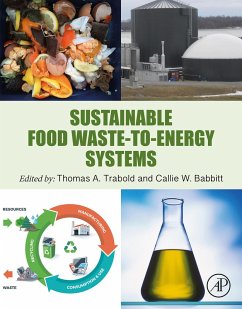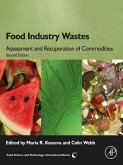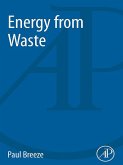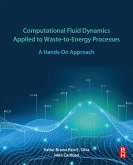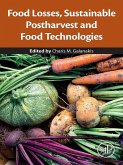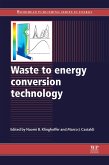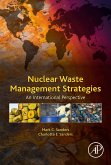The book concludes with an analysis of how deploying waste-to-energy systems is dependent on cross-cutting research methods, including geographical information systems and big data. It is a useful resource for professionals working in waste-to-energy technologies, as well as those in the food industry and food waste management sector planning and implementing these systems, but is also ideal for researchers, graduate students, energy policymakers and energy analysts interested in the most recent advances in the field.
- Provides guidance on how specific food waste characteristics drive possible waste-to-energy conversion processes
- Presents methodologies for selecting among different waste-to-energy options, based on waste volumes, distribution and properties, local energy demand (electrical/thermal/steam), opportunities for industrial symbiosis, regulations and incentives and social acceptance, etc.
- Contains tools to assess potential environmental and economic performance of deployed systems
- Links to publicly available resources on food waste data for energy conversion
Dieser Download kann aus rechtlichen Gründen nur mit Rechnungsadresse in A, B, BG, CY, CZ, D, DK, EW, E, FIN, F, GR, HR, H, IRL, I, LT, L, LR, M, NL, PL, P, R, S, SLO, SK ausgeliefert werden.

